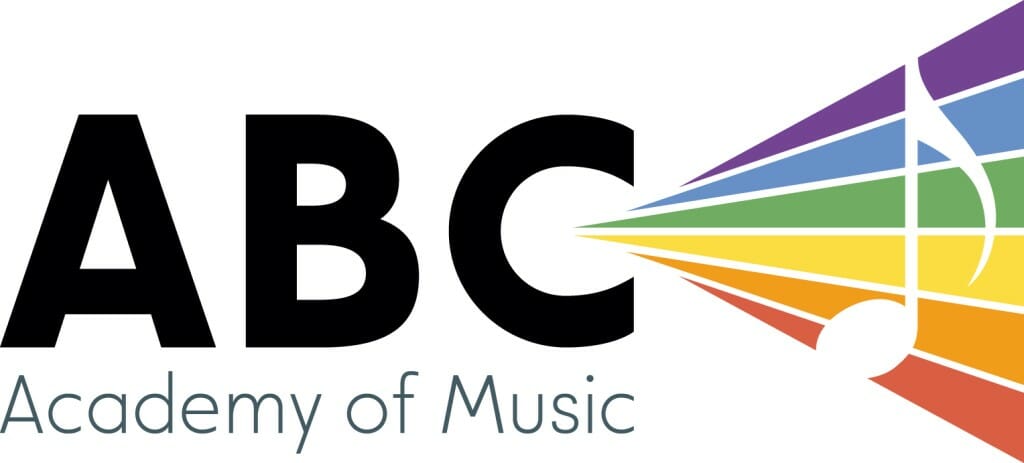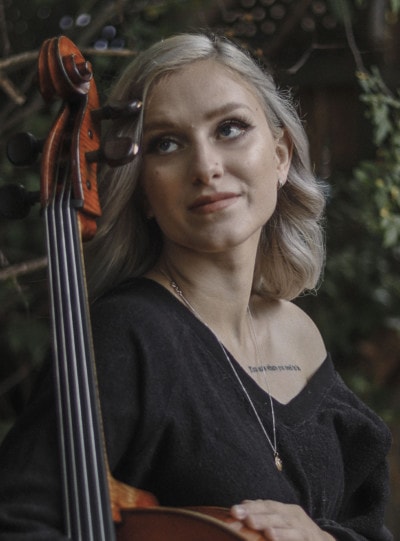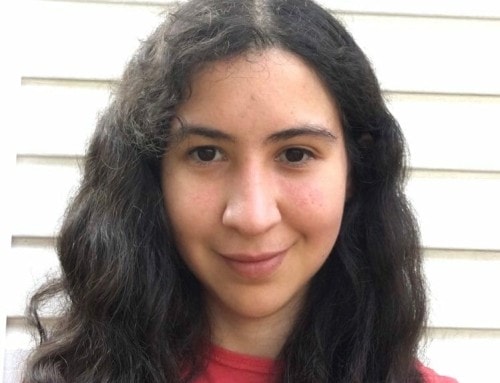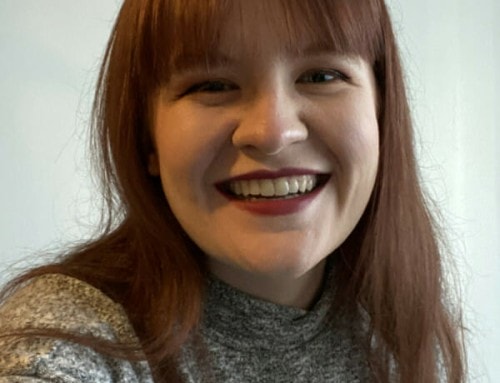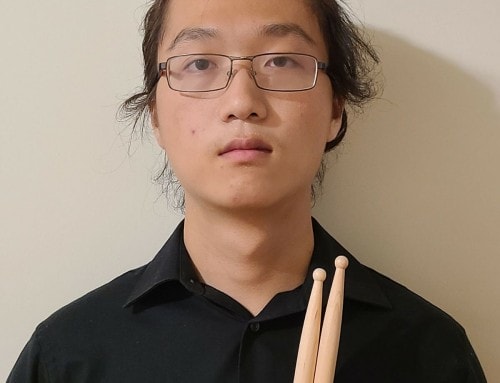Kendra Grittani is an experienced cellist, having started playing at only four years old. Kendra has completed her Masters in cello performance at McGill University with accomplished symphonic and chamber musician, and cello professor, Elizabeth Dolin.
Kendra has performed with various orchestras including the Toronto Symphony Orchestra, the McGill Symphony Orchestra, the McGill Opera Orchestra, the Kitchener Waterloo Symphony, the Thunderbay Symphony Orchestra, and the National Youth Orchestra of Canada.
Recently, after forming the piano trio, Trio Meira, the chamber group swept the McGill Chamber Music Competition 2018, being awarded 1st prize. Along with a debut performance in Montreal, Trio Meira was awarded a week long residency at the Mozarteum in Salzburg, Austria.
Kendra has also had the privilege to perform alongside accomplished professionals such as Axel Strauss, Stephane Lemelin, Elizabeth Dolin, Ariel Barnes, Riko Higuma and many more. Kendra is currently a substitute musician with the Toronto Symphony Orchestra cello section, the Kitchener Waterloo Symphony cello section, and the Thunderbay Symphony Orchestra cello section. Kendra is working as a freelance cellist, chamber musician and as a private teacher in Toronto.
Get to know Kendra…Beyond the Bio!
Hobbies: Aerial Acrobatics, animal care.
Musical influences: Johannes Moser and Santiago Cañon-Valencia
Favourite food: Sushi
Least favourite food: onion
Favourite music: Esperanza Spalding and Ariana Grande
Favourite song: Midnight in Harlem – Tadeschi Trucks Band
Favourite musical theatre/opera: Hamilton
Favourite book: The Book Thief
Best thing about teaching at ABC: Exchanging teaching techniques with other excellent teachers
Latest Homework from KENDRA
Is Kendra Your Teacher?
Sign up now to get your weekly assignments delivered, and never lose your homework sheet again!
Matthew Aug 30th
*A reminder for Kendra to start with VIBRATO EXERCISES next week*
G minor Harmonic
- Don’t forget those fsharps
- extension looks great
- working towards not having to stop for the shift
- increase tempo for 4 per bow
D major
- remember descending shifts not to release the hand completely from the string/cello
- open hang, slide along the string, anticipate with the left arm height. Left elbow not too low
- practice isolating and repeating shifts back and forth
- start from the top octave of scale and descend before ascending for practice
Pachyderm Parade
- Forte!
- left arm up for lower strings
- increase tempo
- a little bit more bow with a slightly faster bow speed
Ballad
- analyze how much pressure/weight you need to actually push the string down. Then graduallyadd more weight until the string goes down with extended position. I have a suspiscion you are pressing/squeezing
- make sure 2 3 also go down with 4
- don’t try to play 4th finger on it’s own
- don’t extend too early
- try to extend with more just hand with arm supporting instead of whole arm moving to accomodate the extension
Minuet No. 3
- start working with the metronome to increase the tempo: work around 70-75. You can start slower if needed. in 3/4
- focus on the extension: reach sooner for 1st finger since it happens right after 4th finger (E). Work on extending without effecting your 2nd finger placement (D on A string)
- 1st ending second half: coordinate shift with string crossing so you don’t need to add any space
Start listening to Chorus of Judas and we will start next week together
Preferred Books for Kendra’s Students
Click to buy them here, and they’ll come right to your house! What could be easier?
Suzuki Cello School

Teach cello with the popular Suzuki Cello School. The Suzuki Method(R) of Talent Education is based on Shinichi Suzuki’s view that every child is born with ability, and that people are the product of their environment. According to Shinichi Suzuki, a world-renowned violinist and teacher, the greatest joy an adult can know comes from developing a child’s potential so he/she can express all that is harmonious and best in human beings. Students are taught using the “mother-tongue” approach.
Suzuki Cello School
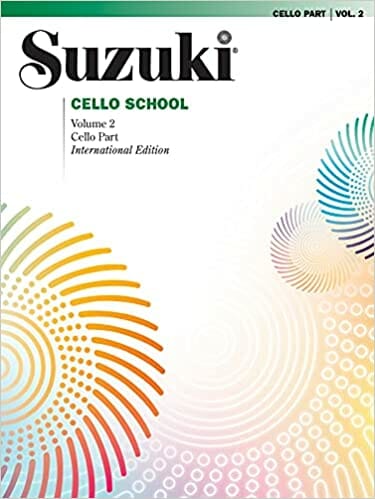
Teach cello with the popular Suzuki Cello School. The Suzuki Method(R) of Talent Education is based on Shinichi Suzuki’s view that every child is born with ability, and that people are the product of their environment. According to Shinichi Suzuki, a world-renowned violinist and teacher, the greatest joy an adult can know comes from developing a child’s potential so he/she can express all that is harmonious and best in human beings. Students are taught using the “mother-tongue” approach.
Suzuki Cello School

Teach cello with the popular Suzuki Cello School. The Suzuki Method(R) of Talent Education is based on Shinichi Suzuki’s view that every child is born with ability, and that people are the product of their environment. According to Shinichi Suzuki, a world-renowned violinist and teacher, the greatest joy an adult can know comes from developing a child’s potential so he/she can express all that is harmonious and best in human beings. Students are taught using the “mother-tongue” approach.
I Can Read Music

These easy-to-read, progressive exercises by Joanne Martin develop a student’s reading skills one stage at a time, with many repetitions at each stage. I Can Read Music is designed as a first note-reading book for students of string instruments who have learned to play using an aural approach such as the Suzuki Method(R), or for traditionally taught students who need extra note reading practice. Its presentation of new ideas is clear enough that it can be used daily at home by quite young children and their parents, with the teacher checking progress every week or two.
Position Pieces for Cello

Position Pieces for Cello is designed to give students a logical and fun way to learn their way around the fingerboard. Each hand position is introduced with exercises called “Target Practice,” “Geography Quiz,” and “Names and Numbers.” Following these exercises are tuneful cello duets that have been specifically composed to require students to play in that hand position. In this way, students gain a thorough knowledge of how to find the hand positions, and once there, which notes are possible to play.
